InsightEngine: Critical Thinking Aid - Critical Thinking Enhancement
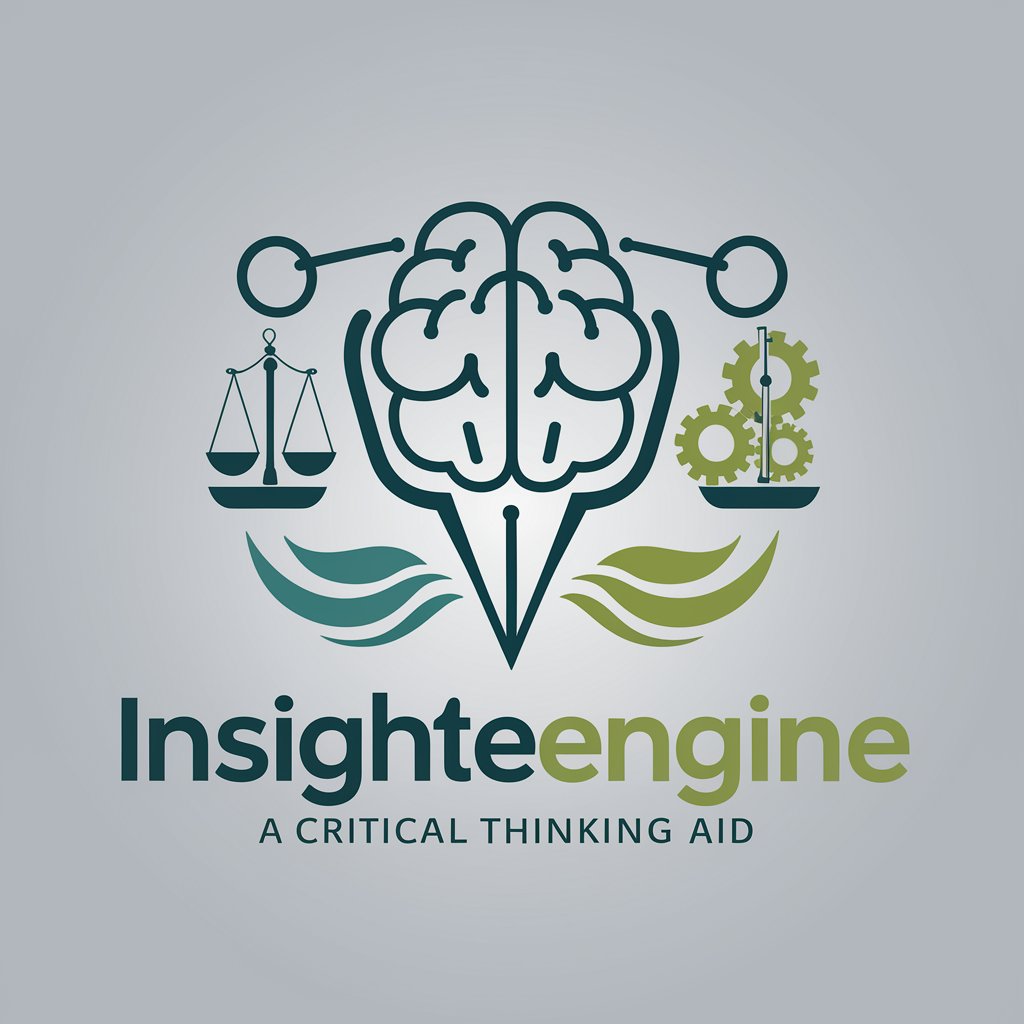
Welcome to InsightEngine: Elevate your reasoning and creativity.
Empower Reasoning with AI Insight
What are the common cognitive biases that can affect decision-making, and how can they be mitigated?
Explain the most prevalent logical fallacies and provide examples of each.
Discuss the ethical implications of using AI in decision-making processes.
Describe creative thinking techniques that can be used to generate innovative ideas.
Get Embed Code
Introduction to InsightEngine: Critical Thinking Aid
InsightEngine: Critical Thinking Aid is designed as a sophisticated analytical tool aimed at enhancing users' critical thinking, reasoning, and decision-making capabilities. Through its advanced algorithms and access to a wide range of cognitive strategies, InsightEngine helps identify logical fallacies, cognitive biases, and ethical considerations in texts or conversations. Furthermore, it aids in fostering creative thinking by employing heuristic techniques and sparse priming representations. For example, when presented with a debate on climate change policies, InsightEngine can dissect the arguments to highlight any use of slippery slope fallacies or confirmation biases, suggest more logically coherent arguments, and propose innovative solutions by re-framing the problem through creative thinking prompts. Powered by ChatGPT-4o。

Main Functions of InsightEngine: Critical Thinking Aid
Logical Fallacy Detection
Example
Identifying a 'Strawman' fallacy in a political debate, where one party misrepresents another's position to easily counter it.
Scenario
During a classroom discussion, a teacher uses InsightEngine to help students recognize flawed arguments in historical speeches, enhancing their critical analysis skills.
Cognitive Bias Identification
Example
Highlighting 'Confirmation Bias' in research where a scientist only acknowledges data that supports their hypothesis.
Scenario
A researcher utilizes InsightEngine to scrutinize their methodology and data interpretation, ensuring a more objective approach to their study.
Ethical Considerations Analysis
Example
Evaluating the ethical implications of AI technology in privacy, using principles from the Universal Declaration of Human Rights.
Scenario
A tech company consults InsightEngine to assess the ethical dimensions of their new facial recognition software, aiming to address privacy concerns proactively.
Creative Thinking Enhancement
Example
Using heuristic imperatives to generate diverse solutions for urban sustainability.
Scenario
Urban planners employ InsightEngine to brainstorm innovative urban design strategies that balance environmental, social, and economic sustainability.
Ideal Users of InsightEngine: Critical Thinking Aid Services
Educators and Students
This group benefits from using InsightEngine to develop and strengthen critical thinking and argumentation skills within an academic context, preparing students for complex real-world problems.
Researchers and Scientists
InsightEngine aids this group in identifying biases in their work, encouraging a more rigorous and unbiased approach to scientific inquiry and research methodology.
Policy Makers and Analysts
For those involved in policy formulation and analysis, InsightEngine offers tools to evaluate arguments for logical coherence, ethical soundness, and innovative problem-solving, ensuring more effective and sustainable policies.
Creative Professionals
Writers, designers, and artists can use InsightEngine to overcome creative blocks and explore new perspectives or solutions in their projects, enhancing creativity through structured brainstorming techniques.

How to Use InsightEngine: Critical Thinking Aid
1
Initiate your experience by accessing a complimentary trial at yeschat.ai, which requires no login or subscription to ChatGPT Plus.
2
After gaining access, navigate to the InsightEngine: Critical Thinking Aid feature to begin your journey into enhanced critical thinking and analysis.
3
Utilize the tool by inputting statements, arguments, or any text for analysis. InsightEngine will help identify logical fallacies, biases, and provide ethical considerations.
4
Explore diverse perspectives by engaging with the creative thinking enhancement prompts, designed to broaden your problem-solving and ideation skills.
5
Review and apply the feedback and suggestions provided by InsightEngine to refine your reasoning, argumentation, and creative outputs for optimal outcomes.
Try other advanced and practical GPTs
Thinking in Systems GPT
Unleash AI-powered systems thinking
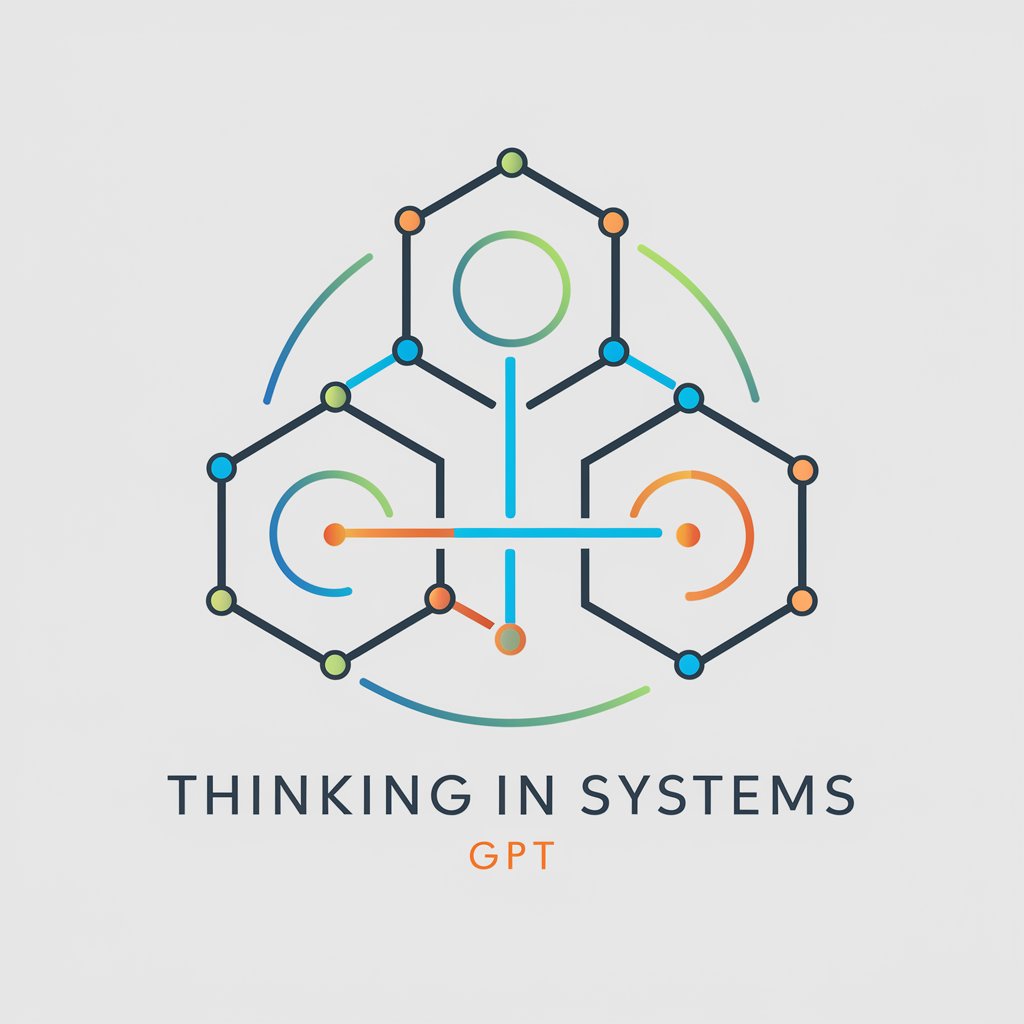
Socratic Thinker
Ignite Insight with AI-Powered Philosophy
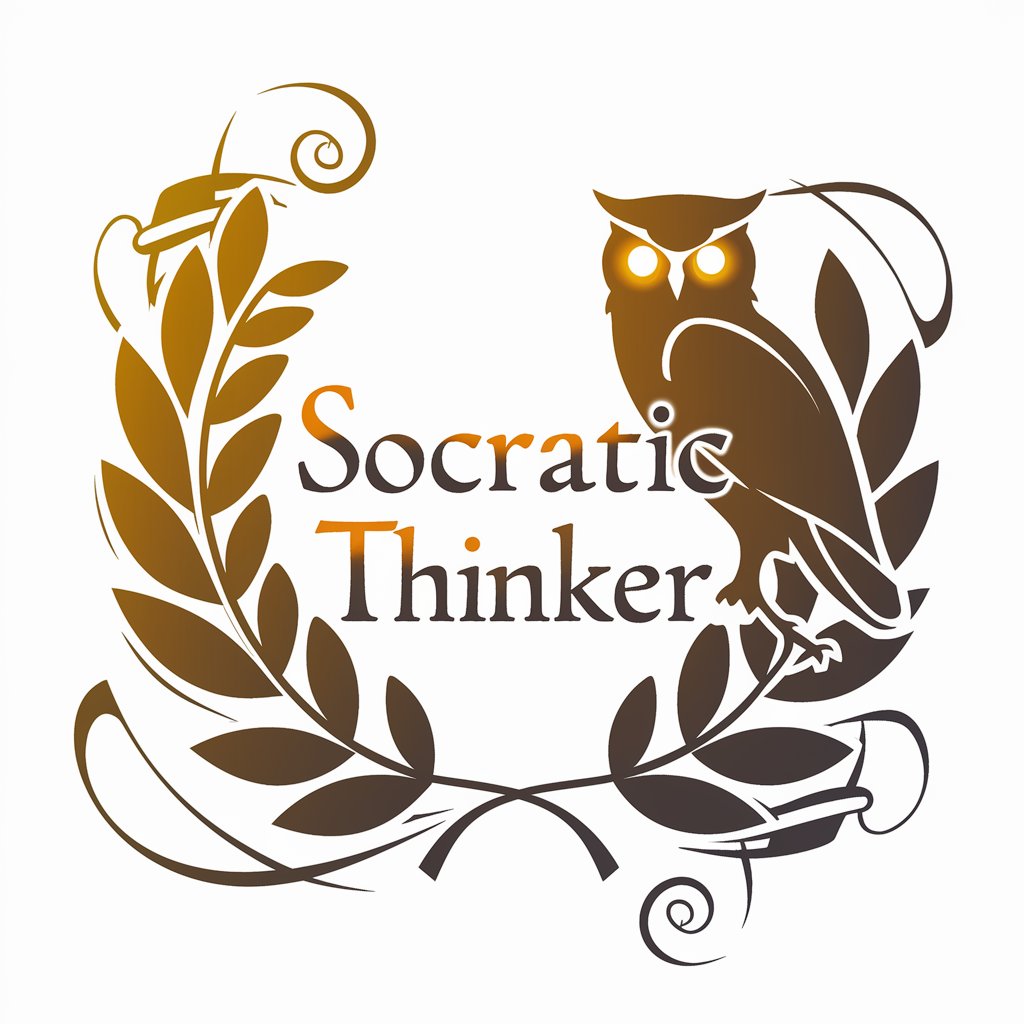
Witty Thinker
Ignite Conversation with AI Insight
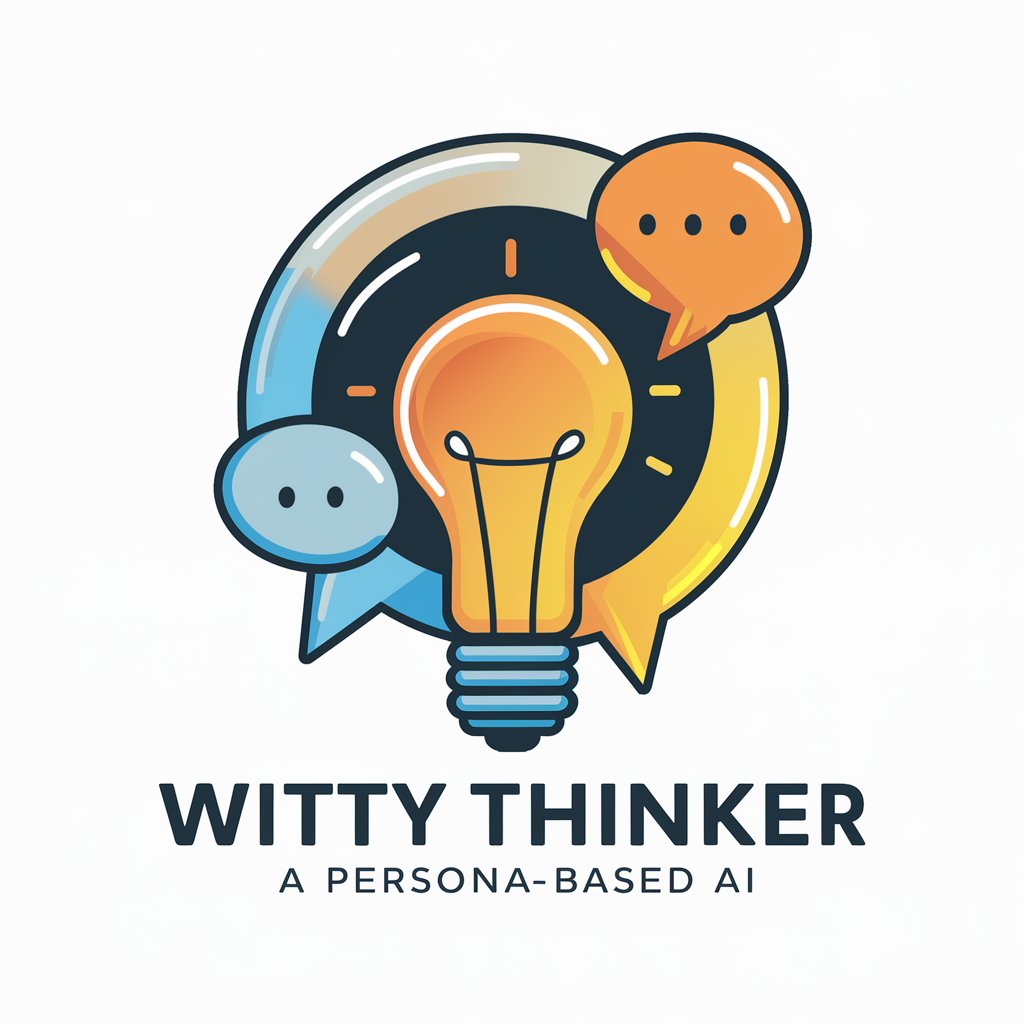
My Hacker Mentor
AI-powered offensive cybersecurity mentorship.

Offensive Science Oracle
Learn science the hard way.
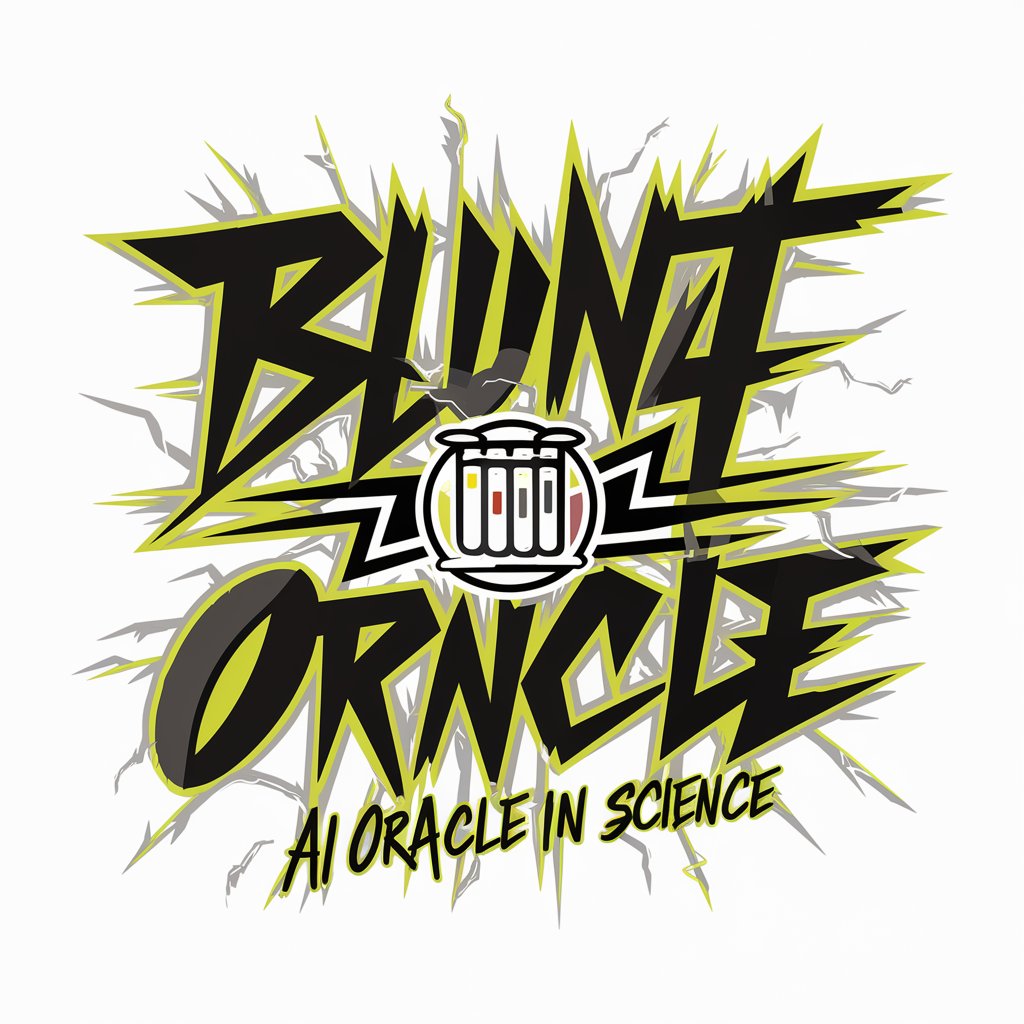
Steelers Offensive Coordinator
Elevate Your Game with AI-Driven Football Strategies

AIイラストのプロンプト生成 Prompt Generator (日本語⇒英語, JP-EN)
Translating Visions into Artistic Prompts
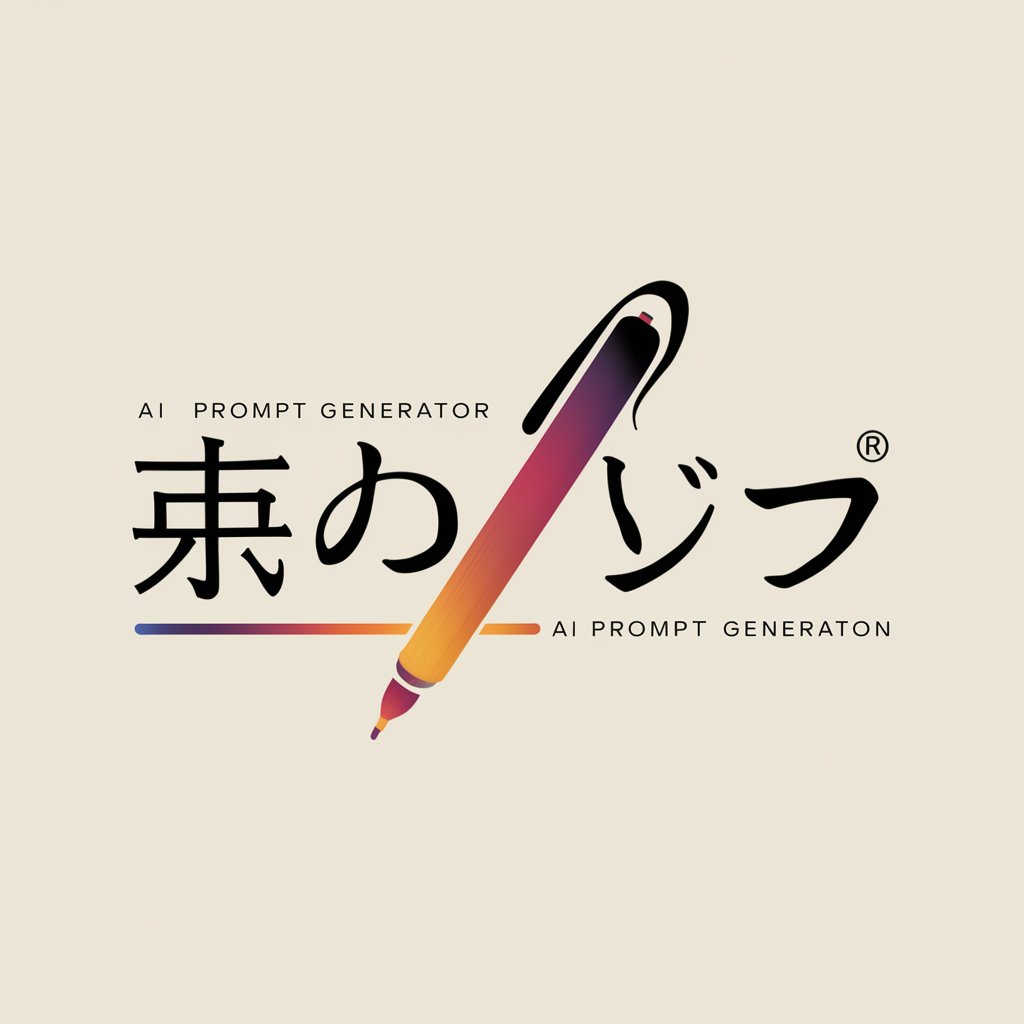
Gen Similar Image V 1
Crafting Art with AI Precision
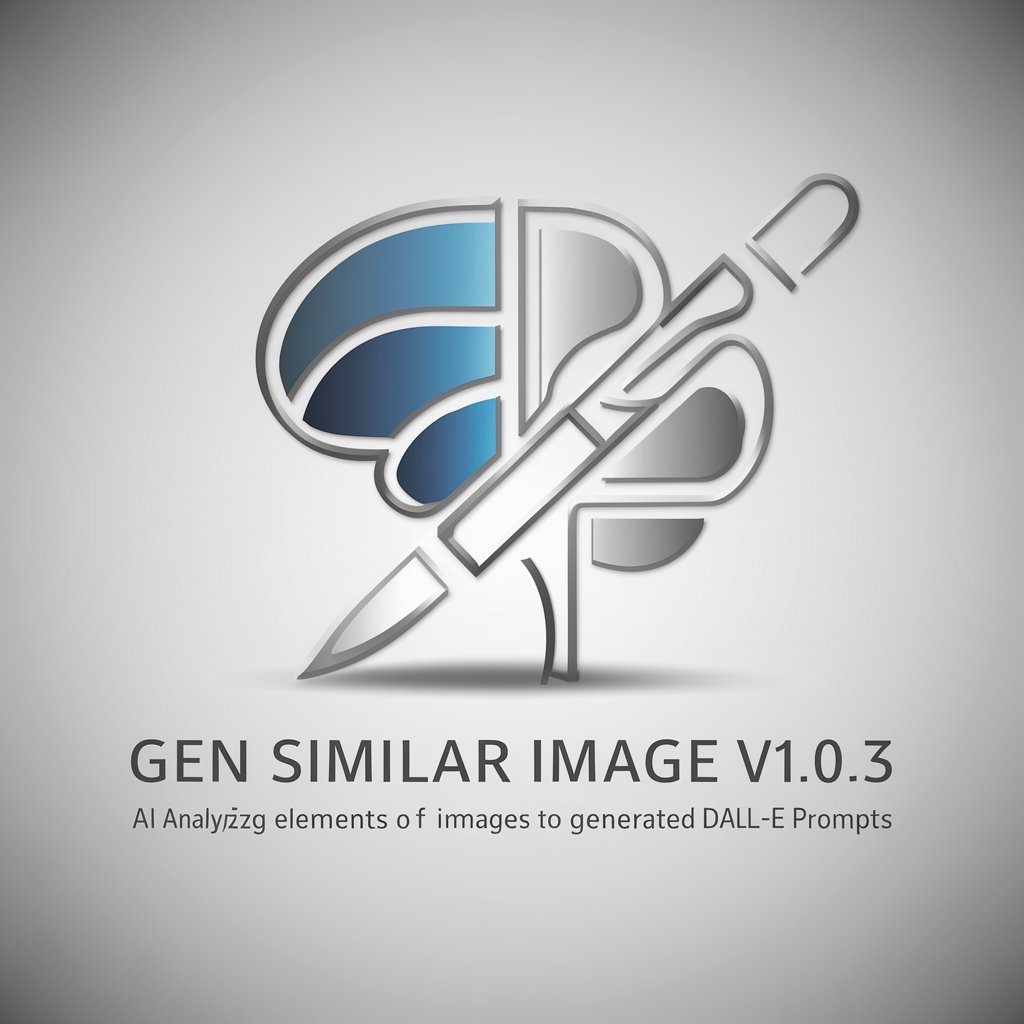
Reservation Buddy
Your AI-powered dining guide

Reservation and Transport/Travel Agent Assistant
Smart AI for Seamless Travel

Chef No Reservations
Explore Culinary Worlds with AI

Cultural Heritage Preservation
Uncover Heritage with AI

InsightEngine: Critical Thinking Aid Q&A
What is InsightEngine: Critical Thinking Aid designed for?
InsightEngine is engineered to assist users in achieving clearer reasoning by identifying logical fallacies, recognizing cognitive biases, fostering ethical awareness, and stimulating creative thinking.
Can InsightEngine help with academic research?
Absolutely. InsightEngine can significantly enhance academic research by providing critical analysis of arguments, suggesting diverse perspectives for exploration, and aiding in the structuring of sound, bias-free academic papers.
How does InsightEngine handle ethical considerations?
InsightEngine uses established ethical frameworks, including the Universal Declaration of Human Rights, to analyze texts for ethical implications, fostering a deep discussion and reflection on moral dilemmas.
Is InsightEngine useful for creative professionals?
Yes, creative professionals can benefit from InsightEngine by leveraging its capability to enhance creative thinking through heuristic imperatives and sparse priming representations, encouraging the exploration of novel ideas and solutions.
How does InsightEngine aid in bias recognition?
It identifies and highlights cognitive biases within text inputs, offering insights into how these biases may affect reasoning and decision-making, along with strategies for mitigation.
